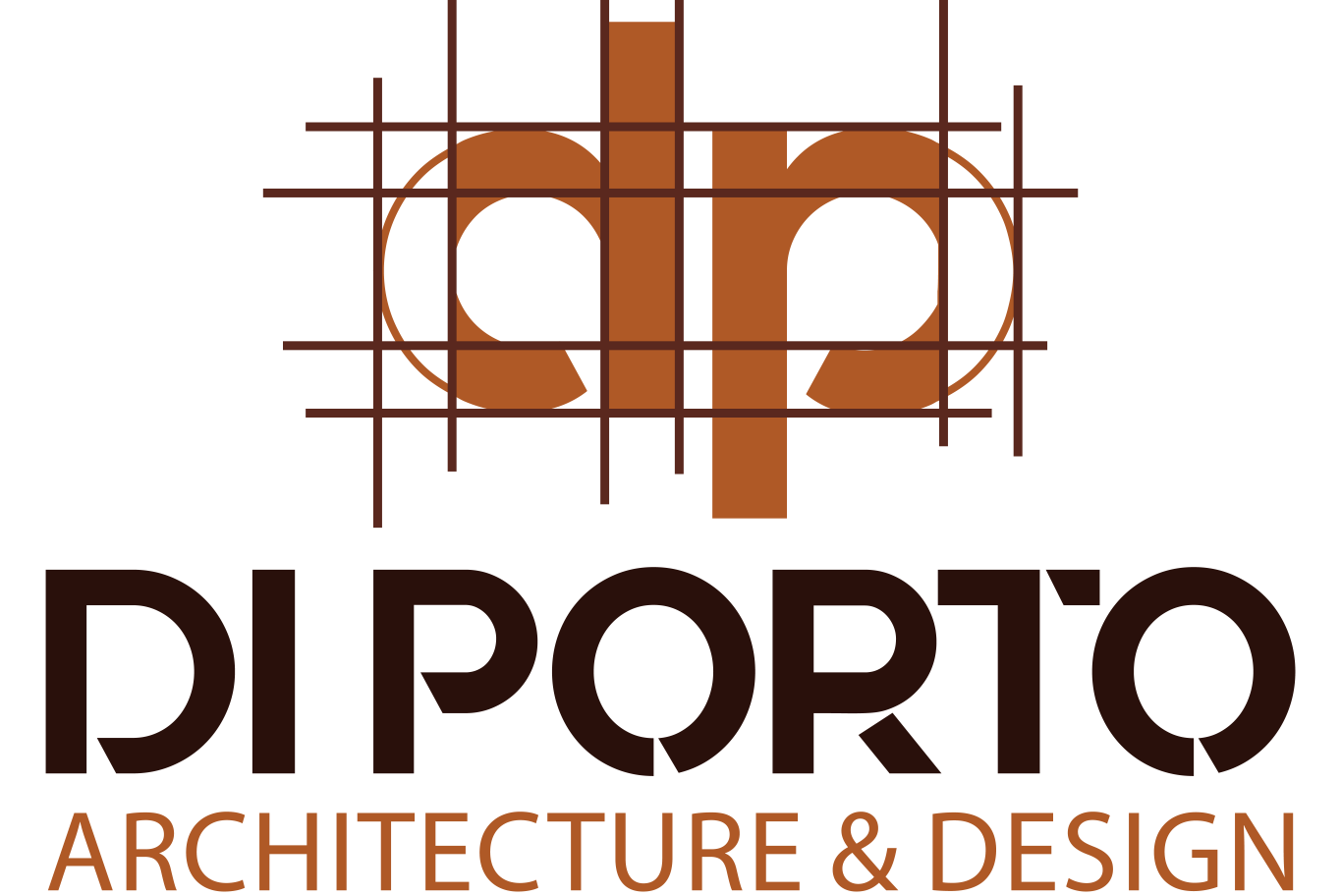The executive committee is the subcommittee to the board of directors. It is the organisation’s governing body, which oversees management, formulates strategies and oversees its members. Members are elected by members or shareholders and meet regularly to evaluate the financial performance of the business and set the policies and designate the senior management. It is the governing body that ensures that the best governance practices are followed.
Executive committees, in contrast to the full board are smaller committees that have close ties to their leaders. They can meet swiftly and with short notice to address important issues such as urgent issues in the workplace, high-level strategic decisions, as well as organisational supervision. They’re usually responsible for ensuring that board members are aware of their responsibilities and roles and also are the ones who lead in providing effective governance practices training. They may also be responsible for appointing new CEOs, as well as conducting evaluations of their performance and reporting them to the board.
The executive committee is the steering wheel of the board, deciding the issues it will prioritize. It is important, however, that the executive committee is completely transparent in its decisions to the board and adheres to the board’s guidelines. To accomplish this, it is recommended that the executive committee is a standing committee of board with a set term of office and formal terms of reference. This will allow the entire board to see whether an issue was dealt with by the executive committee, versus when it still requires the full board’s attention.

Lascia un commento